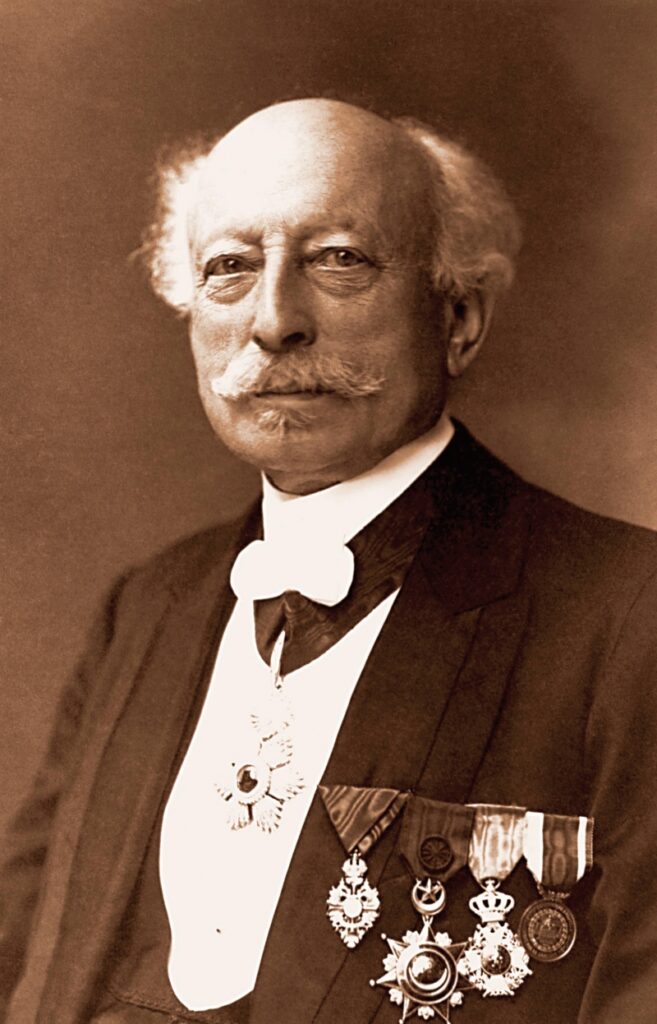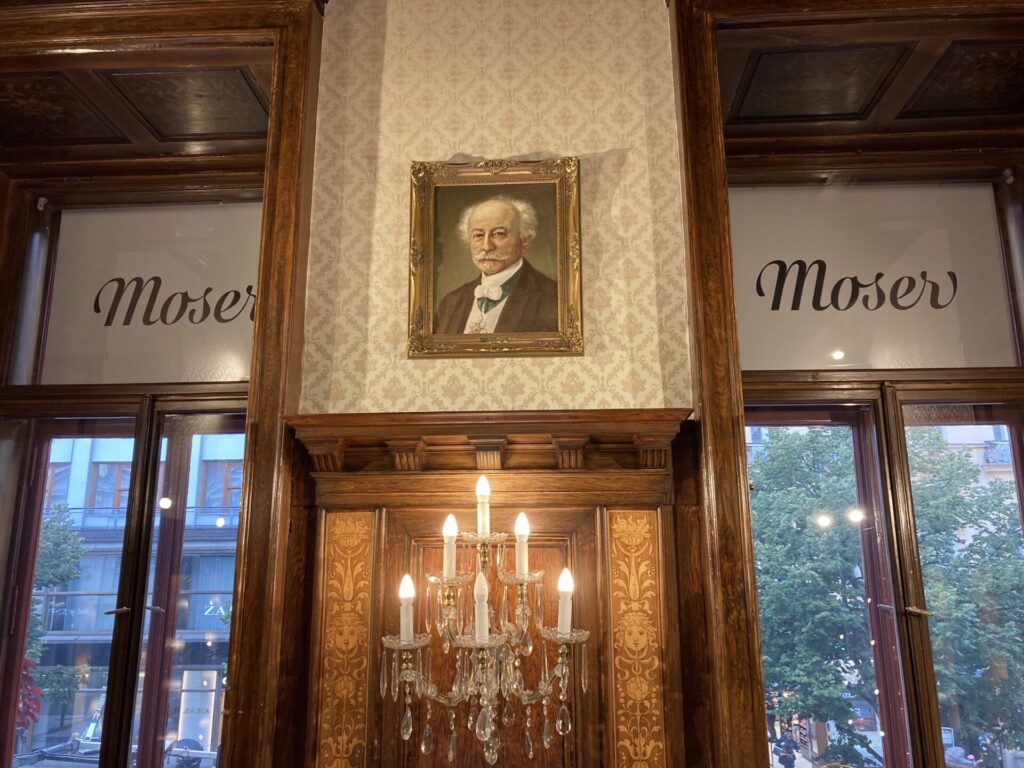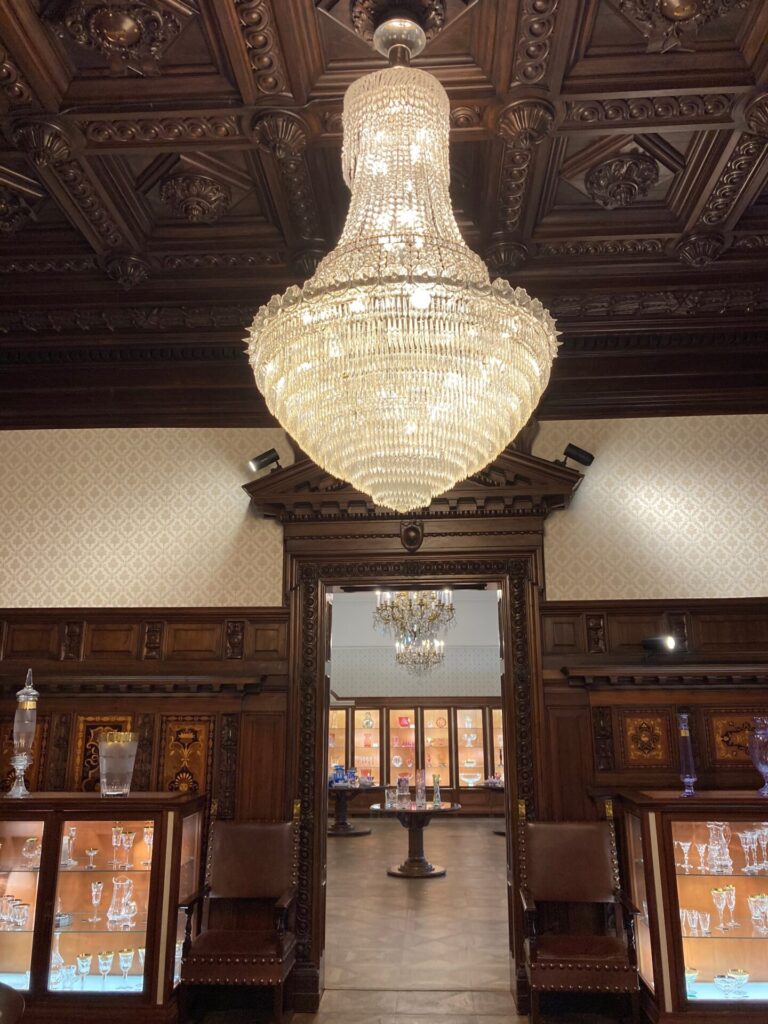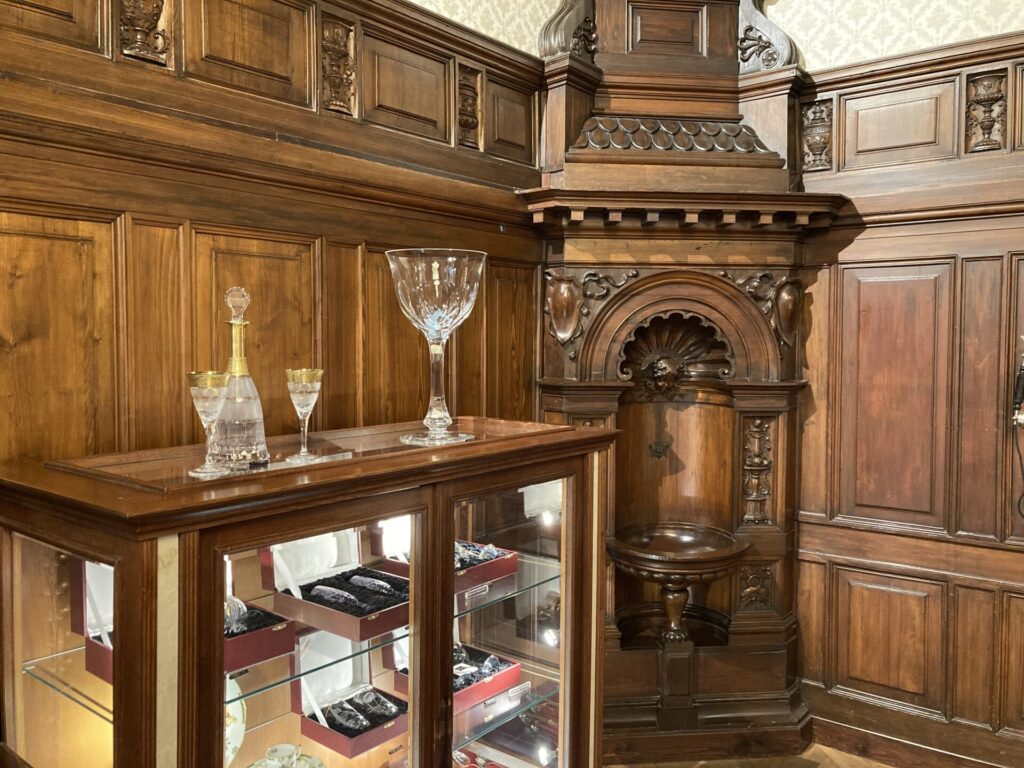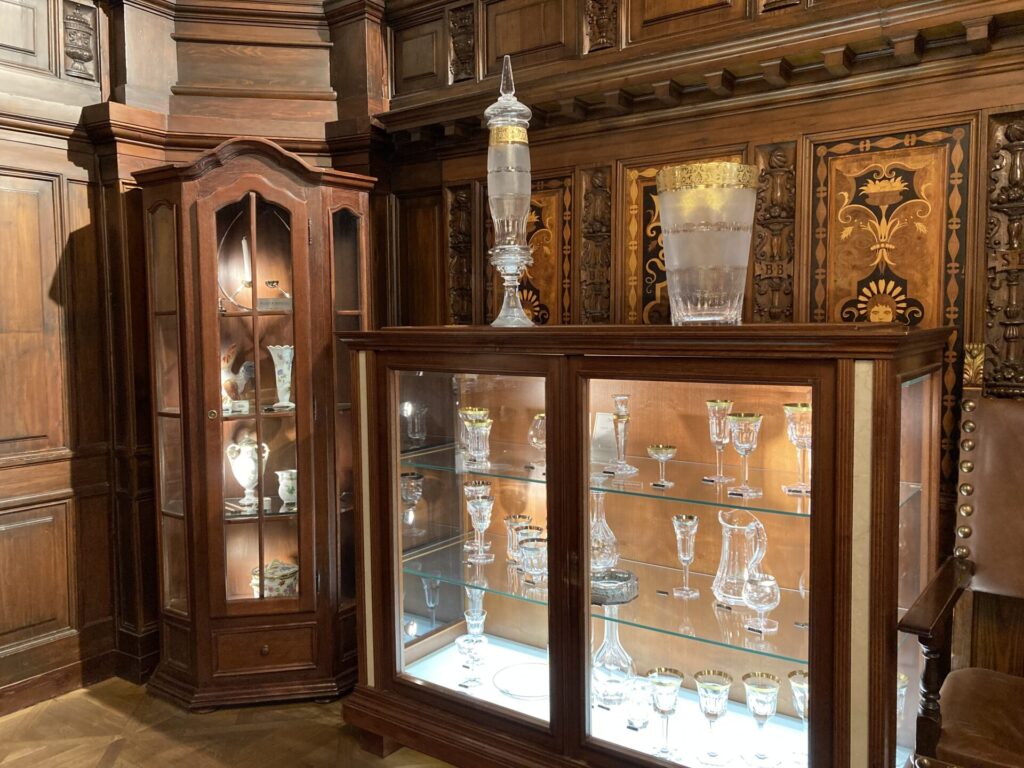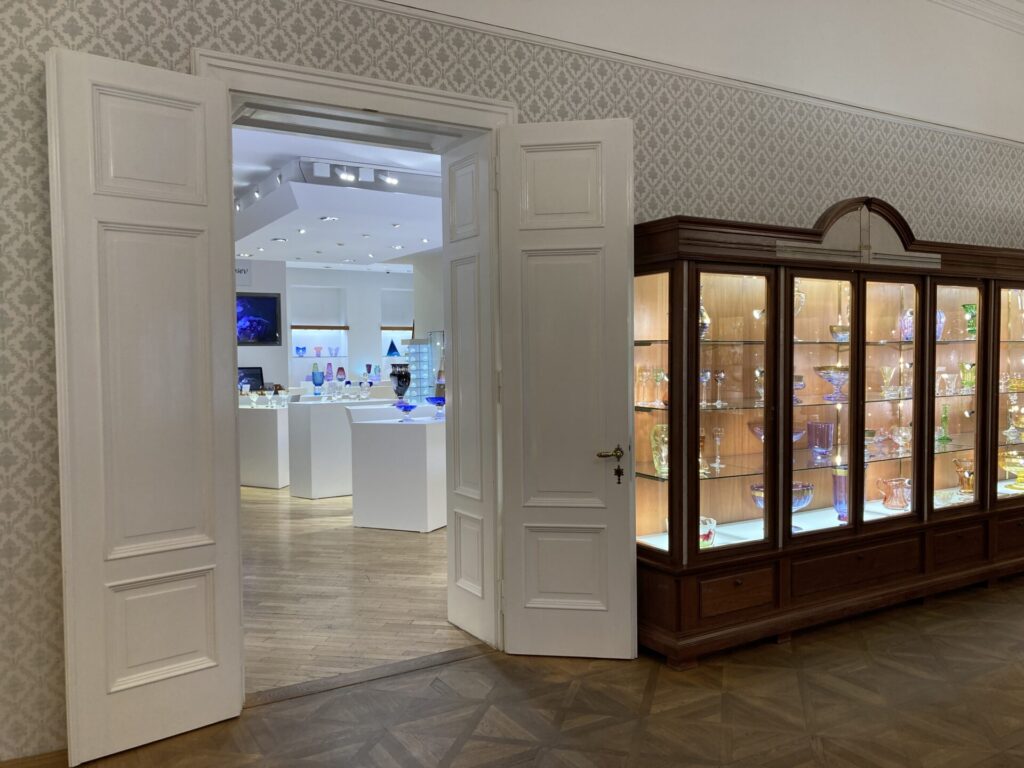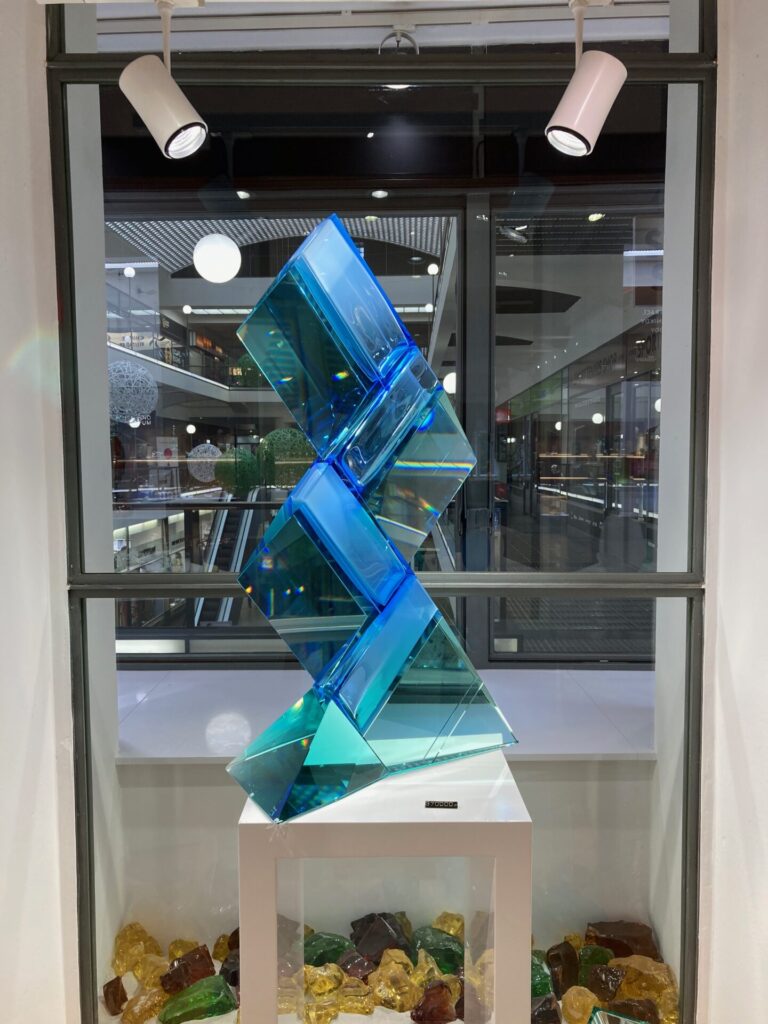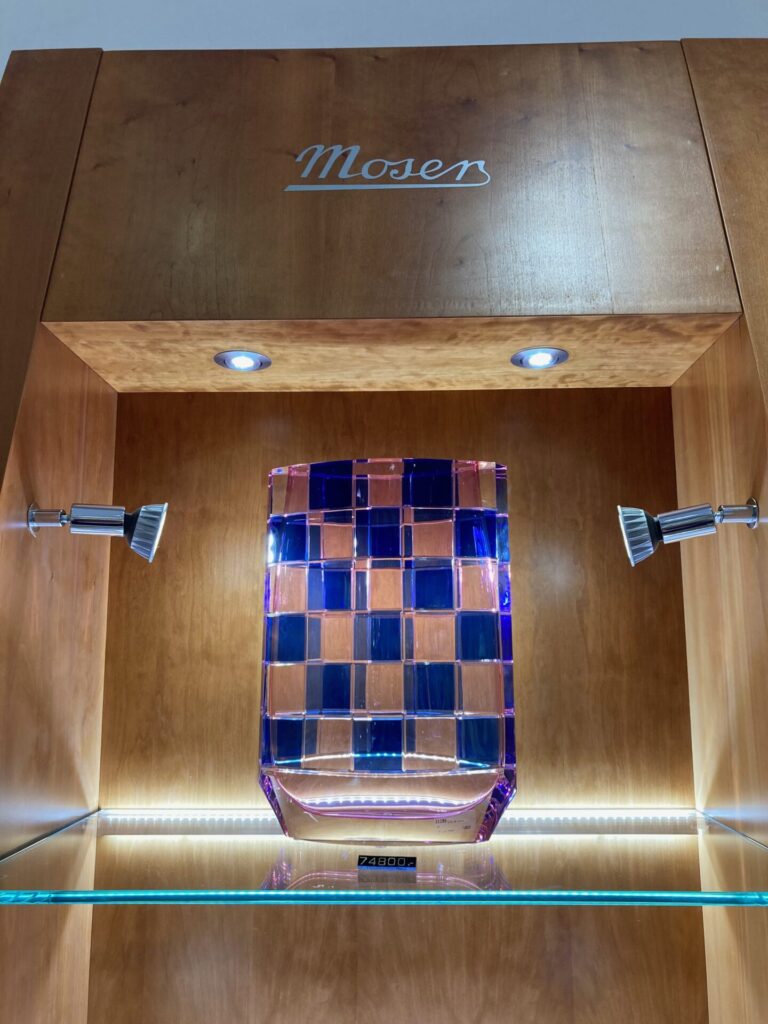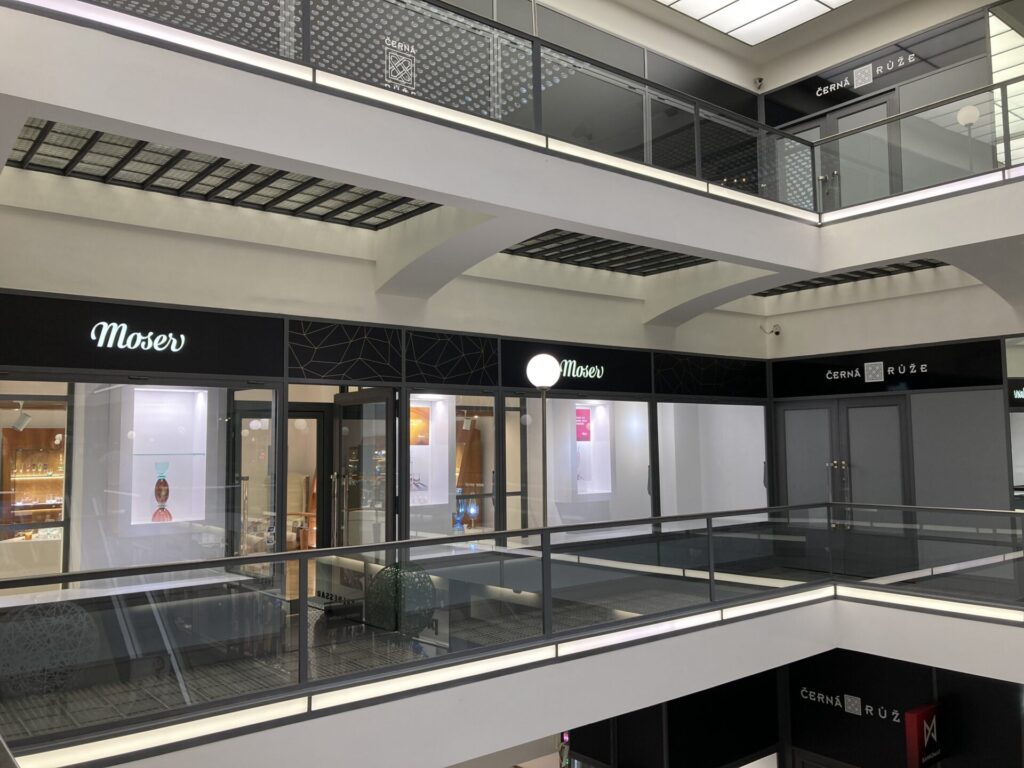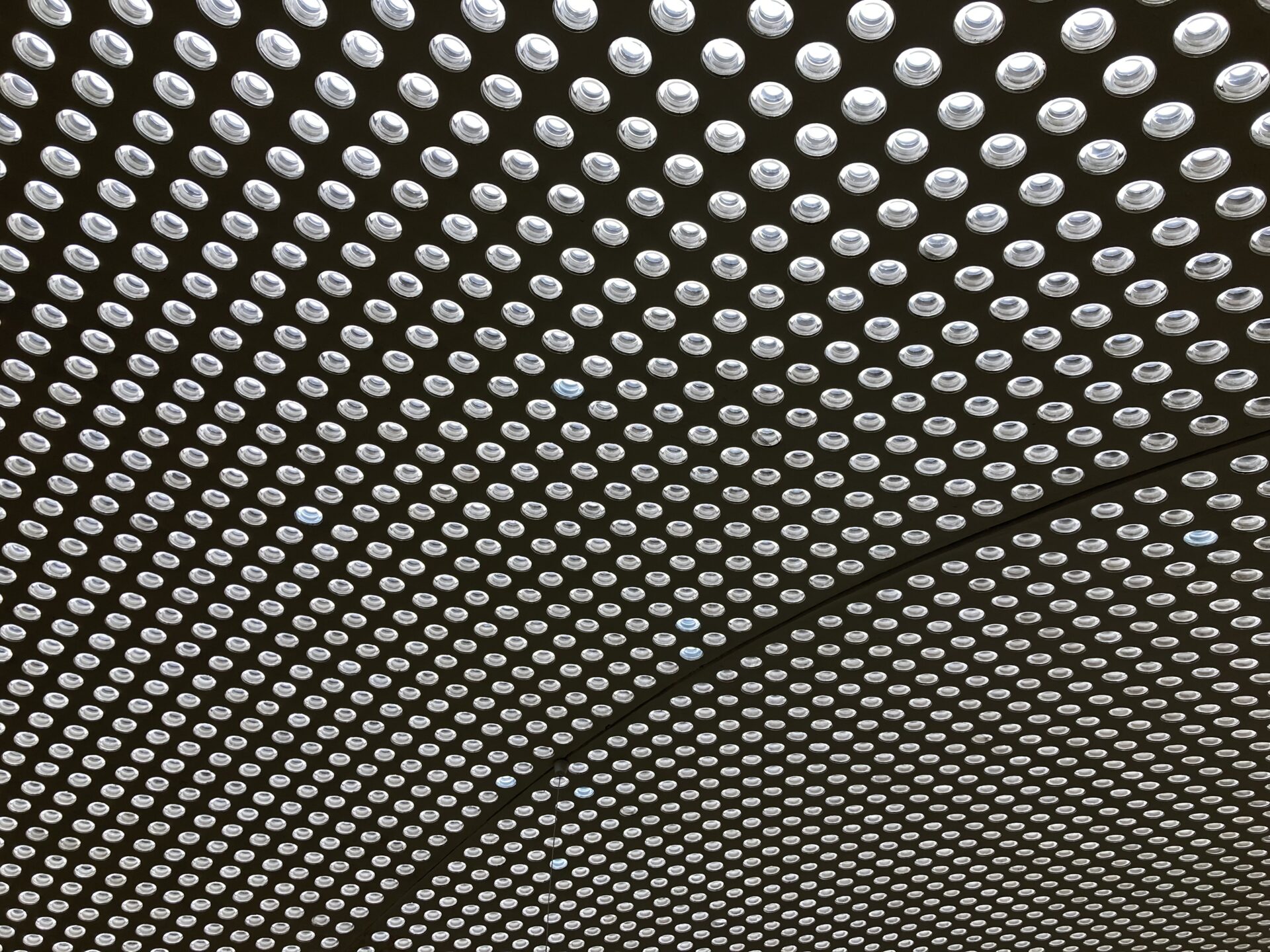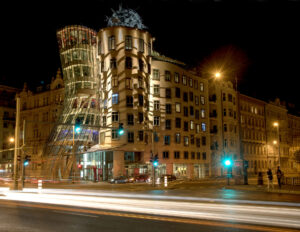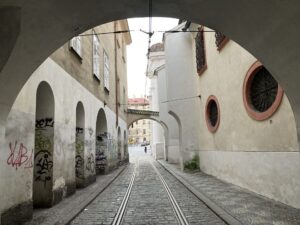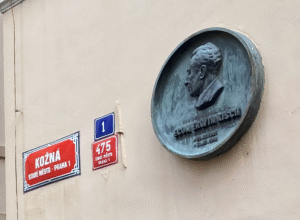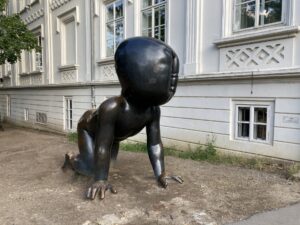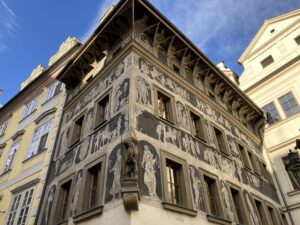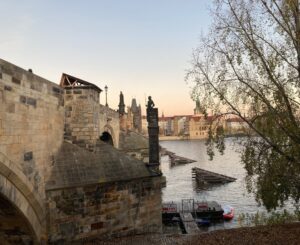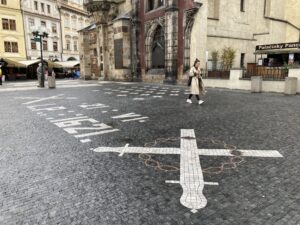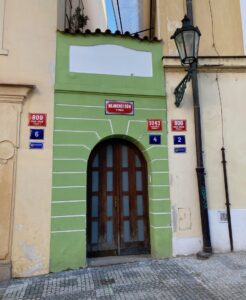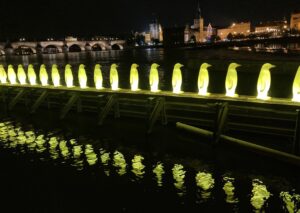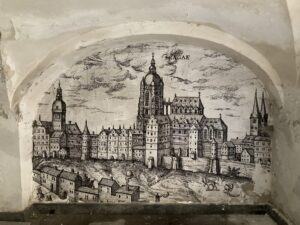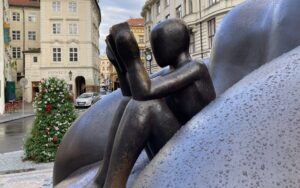There is one period in Czech history that most people highly idealize. It is the period of the First Republic, dating from 1918-1938. In 1918, the Habsburg monarchy ended, and a republic was proclaimed. It ended in 1938 with the conclusion of the Munich Agreement, which deprived us of a significant part of the territory in favor of Hitler’s Germany. Although it was supposed to prevent the Second World War, it was ultimately a precursor to it instead.
If we add to this the world economic crisis in the 1930s, it should not be a time that is remembered fondly for Czechs, but it is. In the interwar period, Czechoslovakia was among the most developed countries in the world, which lessened the impact of the global economic crisis. The euphoria of the founding of the republic was still lingering. And we had at the head of the country the widely-respected President Tomáš Garrigue Masaryk, who saw the crisis as a chance for a new and better future: “It’s time for politics and life in general to be more real. For the carefree superficiality and comfortable indifference stop. For not only politics, but all life to become more genuine, honest, and spiritual.”
The 1920s and 1930s is now separated by more than 90 years, so only the oldest people still alive experienced that time as children. Everyone else knows it only indirectly, often from movies of stories about men in tuxedos and women with pearl necklaces. And since the problems of that time no longer concern us, it is only a step towards a cute idealization…
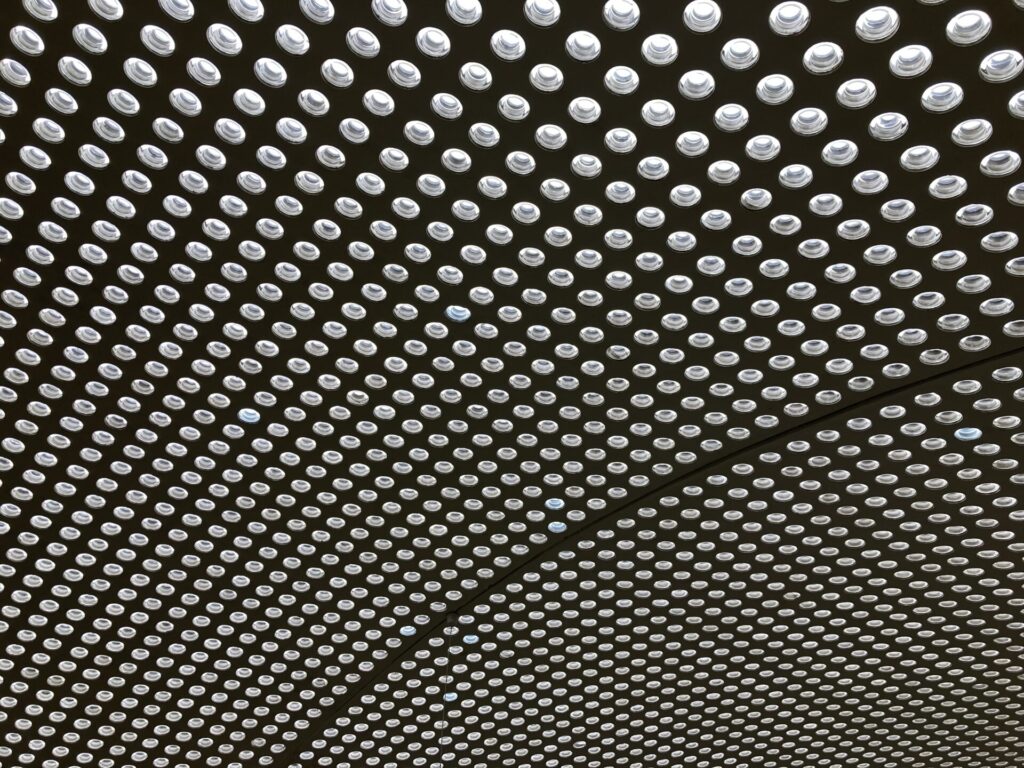
One of the distinctive symbols of that time is the architectural principle of functionalism. There are a lot of functionalist buildings in Prague, and many of them belong amongst the greatest treasures of functionalist architecture in Europe. One is not visible at first glance because it is hidden in a neoclassical house from the 19th century. You may have missed this treasure during your visit to Prague, although it is only a few steps from the lower part of Wenceslas Square – so see it with us now.
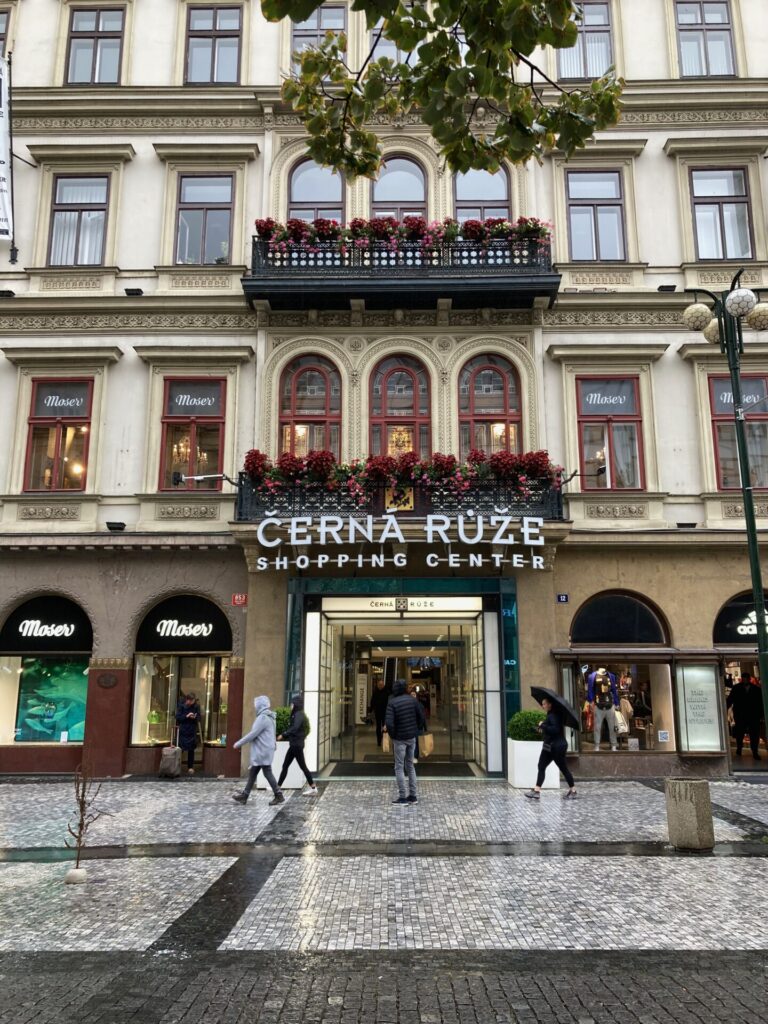
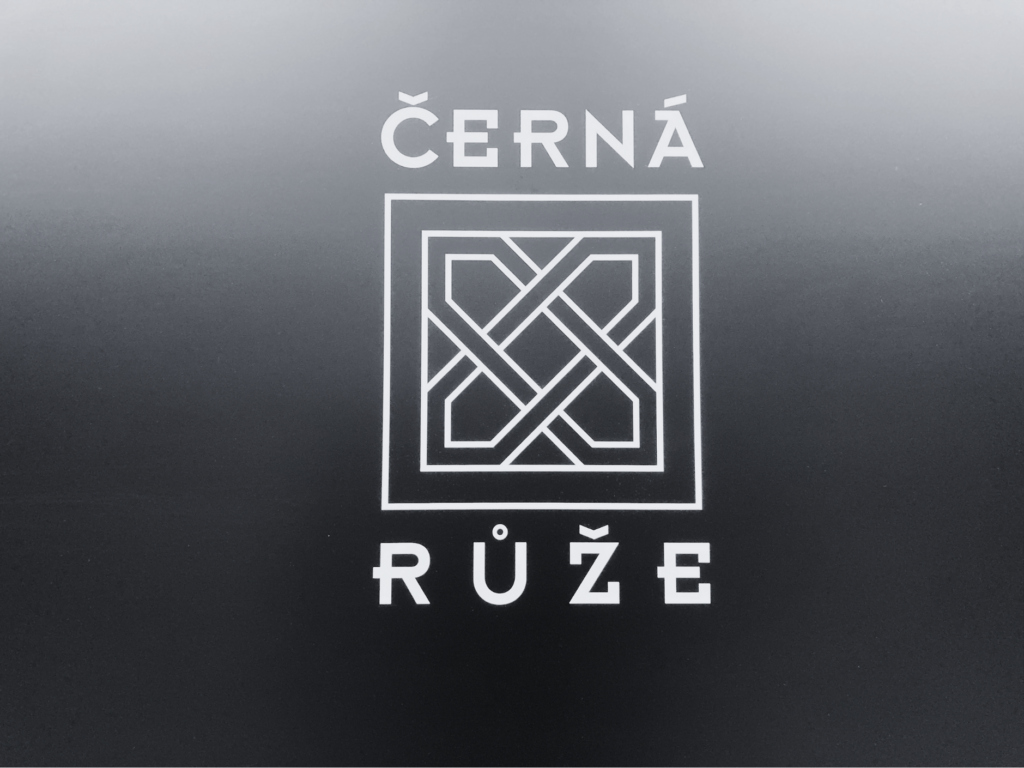
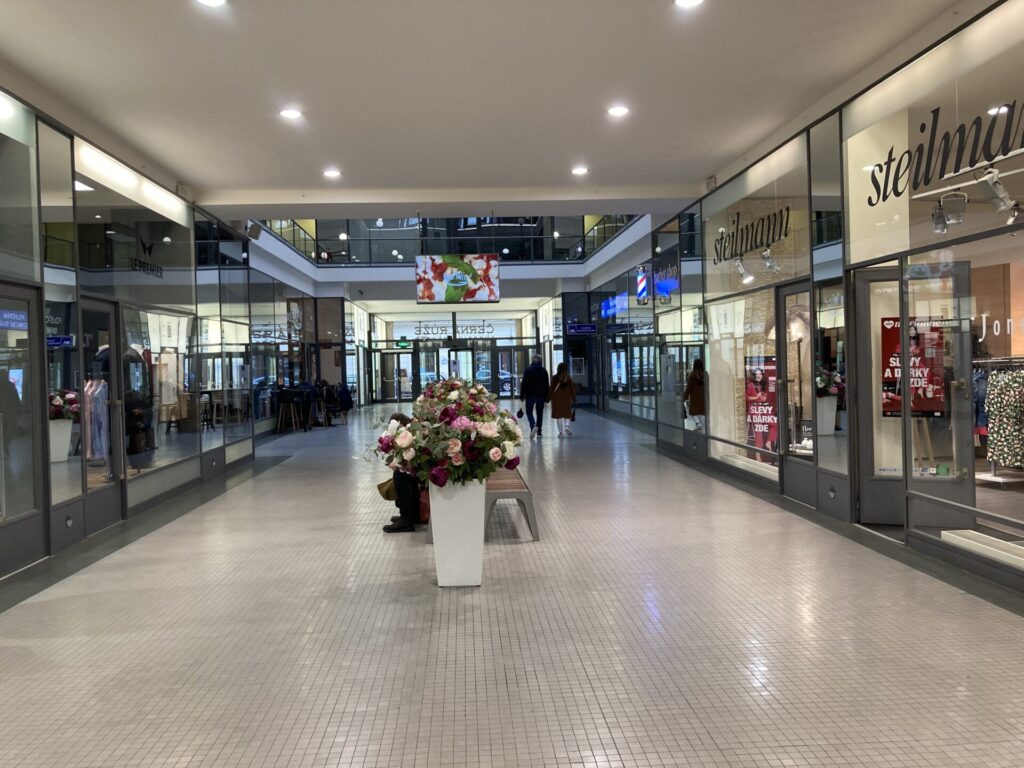
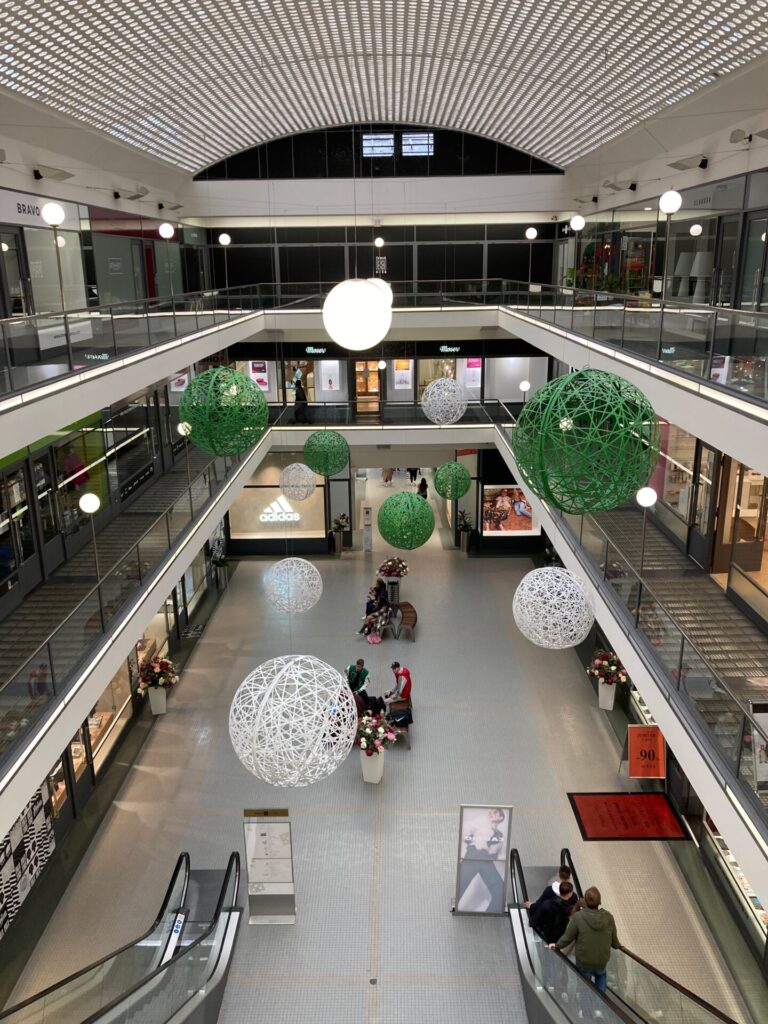
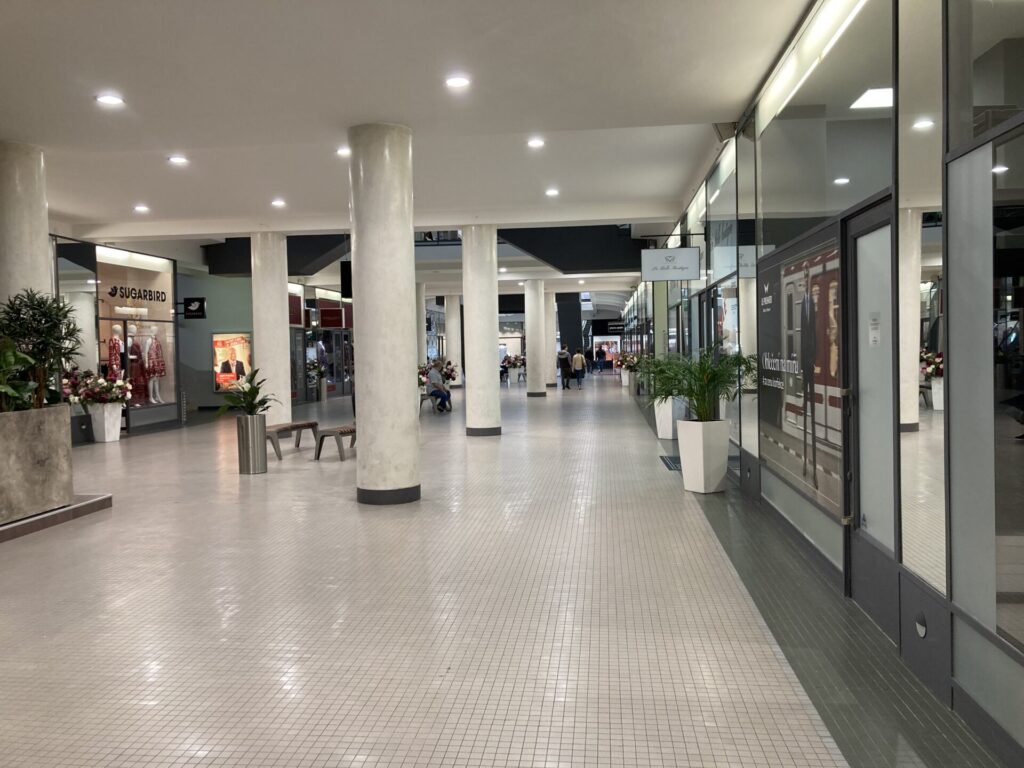
That treasure of functionalism is the Černá růže Passage (Black Rose Passage), which connects Na Příkopě and Panská streets. (By the way – its author is Oldřich Tyl, one of the most important functionalist architects and the author of probably the largest functionalist building in Europe at the time – the Trade Fair Palace.)
The House of the Black Rose was built in the Classicist style in the mid-19th century. At the end of the 19th century, it was rebuilt in a Neo-Renaissance style – according to the designs of Josef Fanta, the architect who designed the historical building of the Main Train Station and after whom the local Fanta Café is still named.
The passage was built in the 1930s. It was initially called the Bondy Passage after the owner of the house, Bohumil Bondy – the passage was part of his department store. At first glance, you will be impressed by the ceiling of the passage – the vaulted roof made of glass lenses. This technical solution became a Czechoslovak patent. Its holder was the Verlith Company, which exported this technical solution worldwide. The whole solution was named “glass concrete” – because it combined concrete, glass blocks, and steel reinforcements.
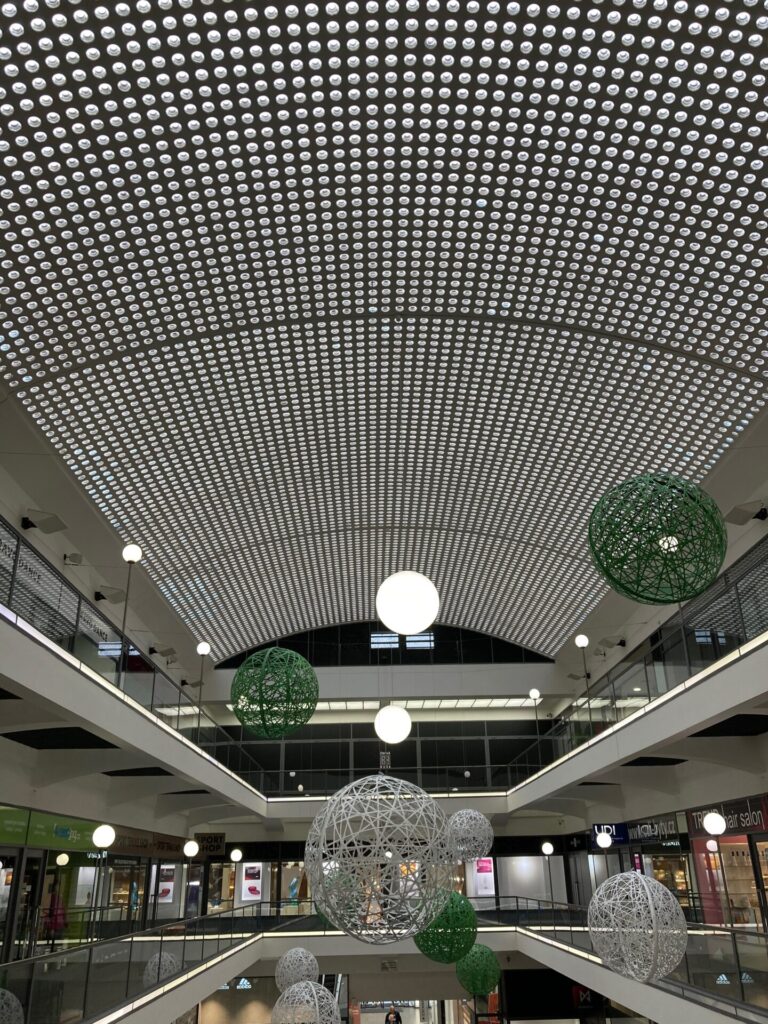
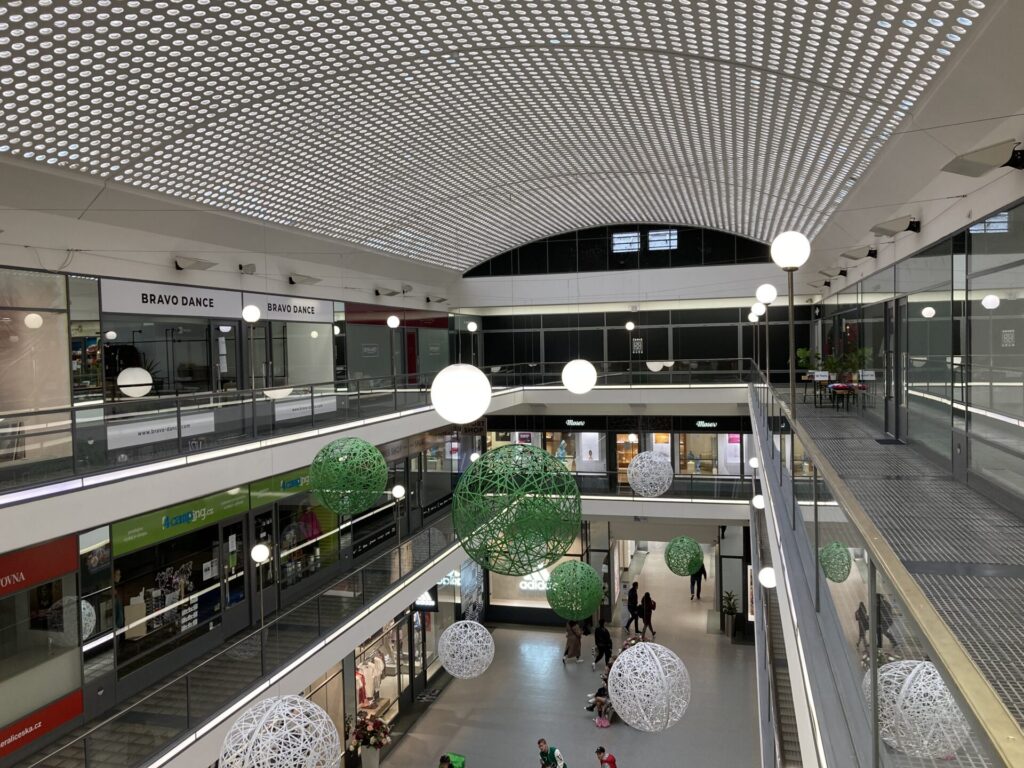
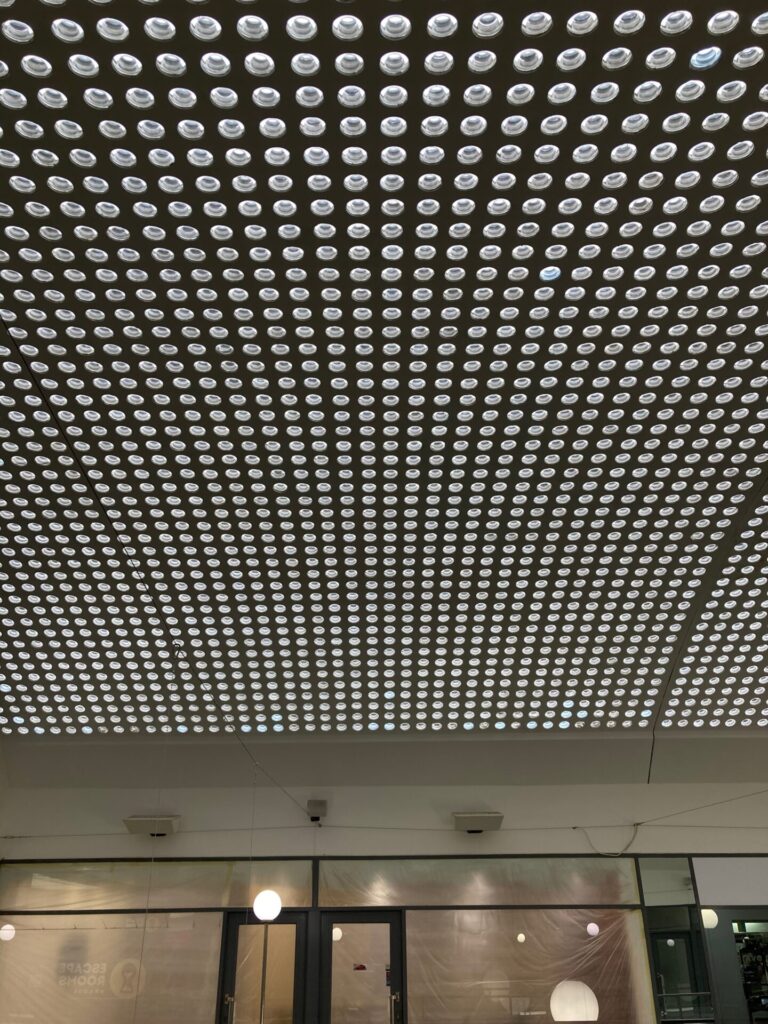
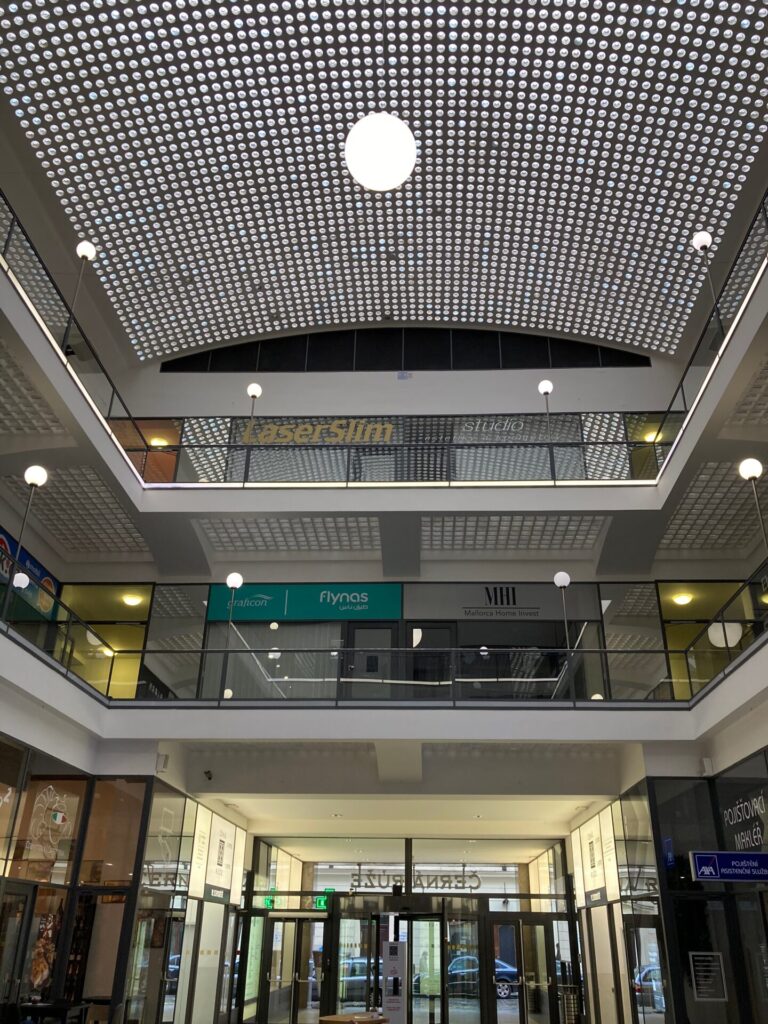
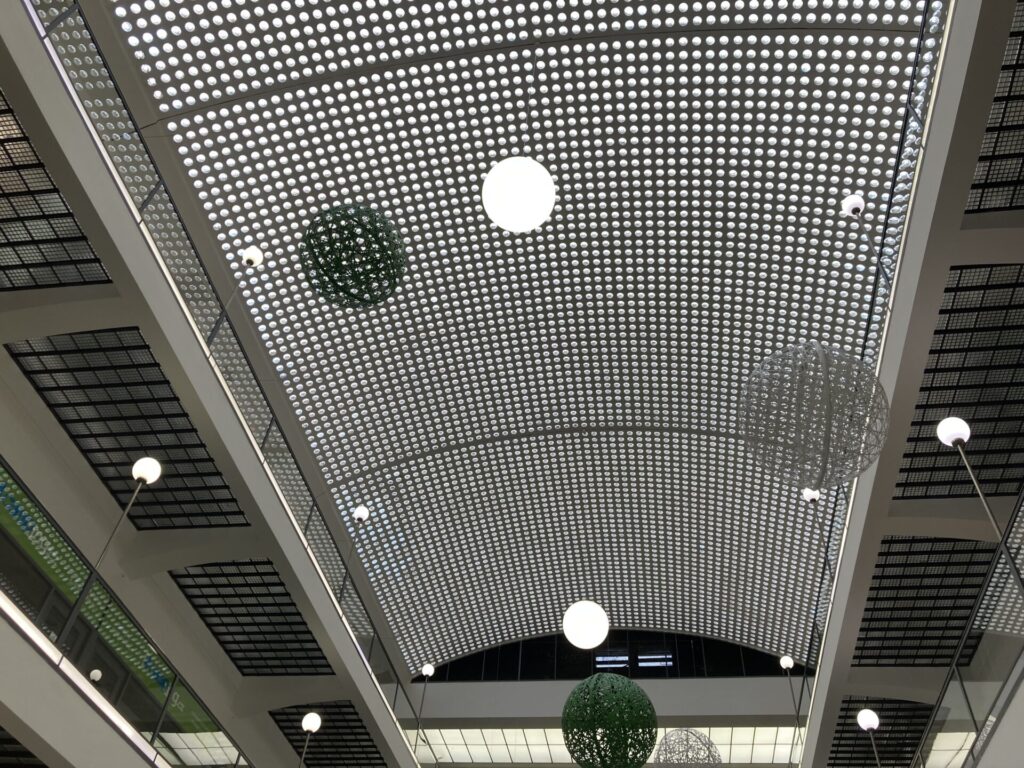
The floors on the walkways of the passage are also made of glass concrete.
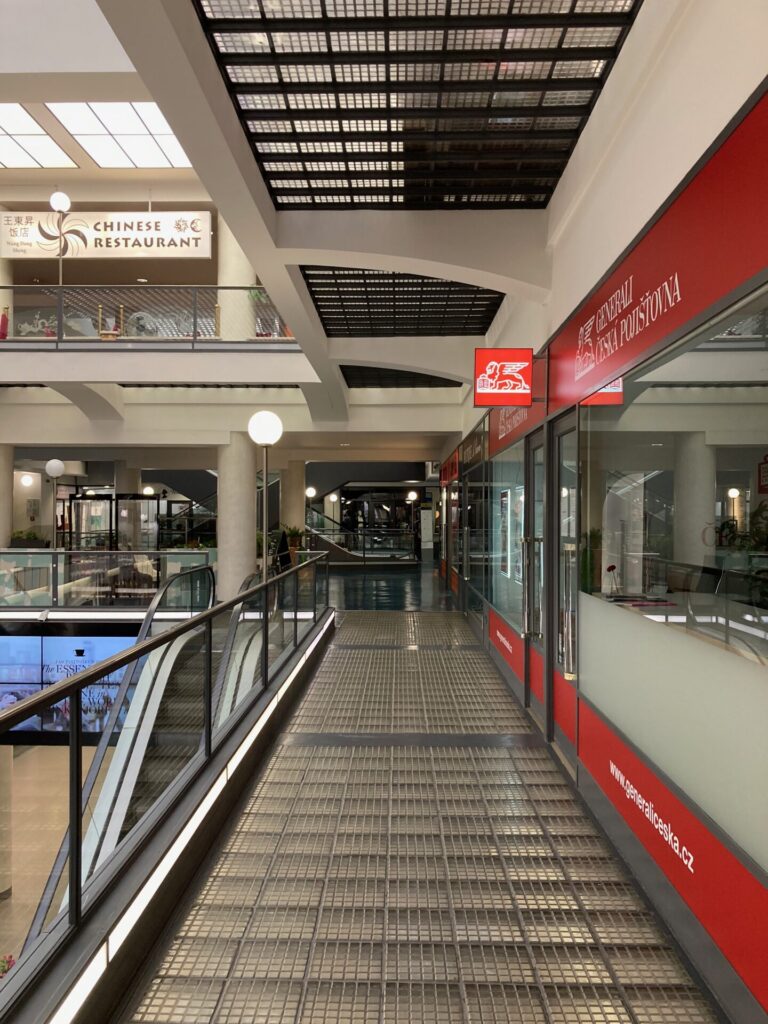
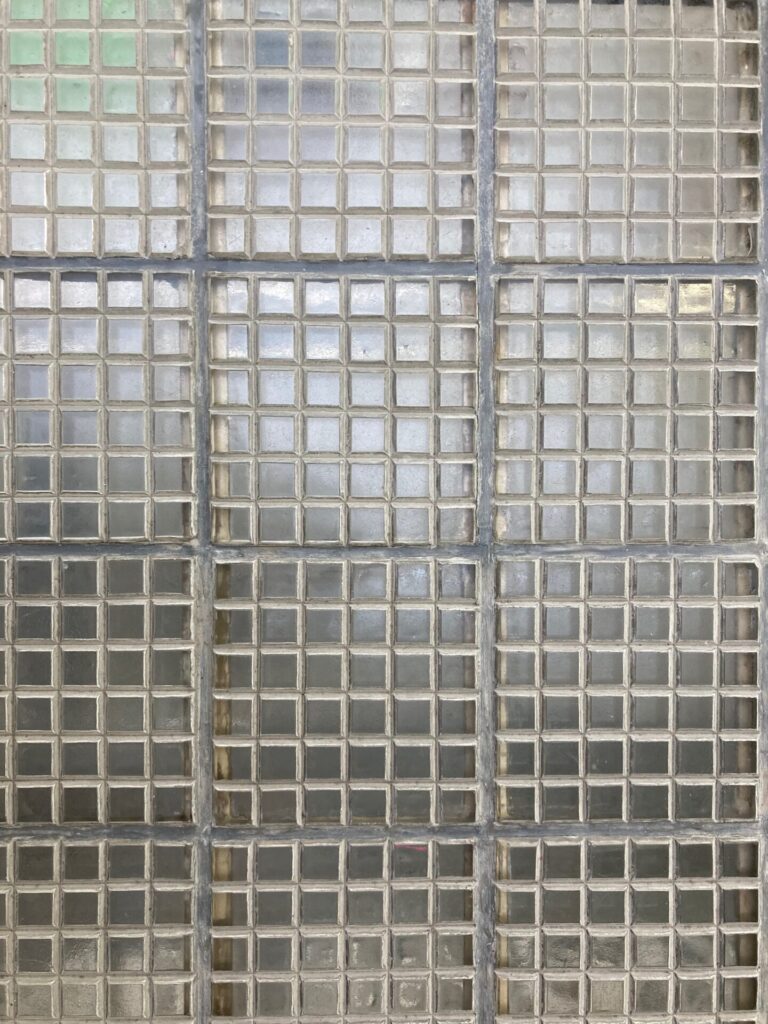
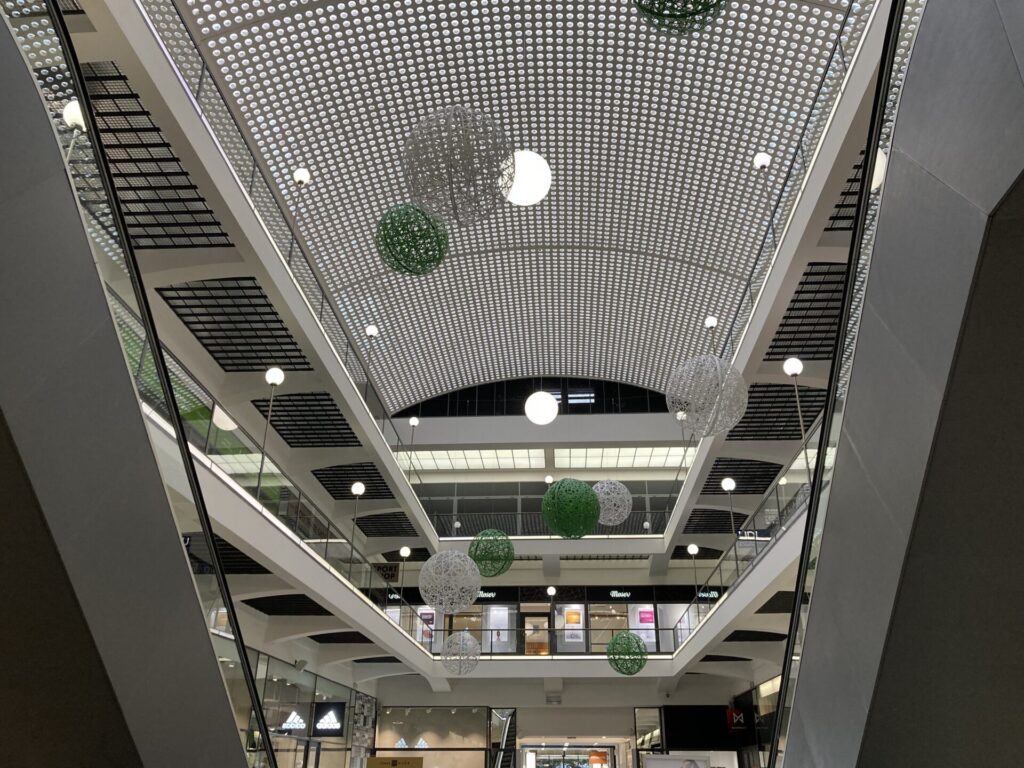
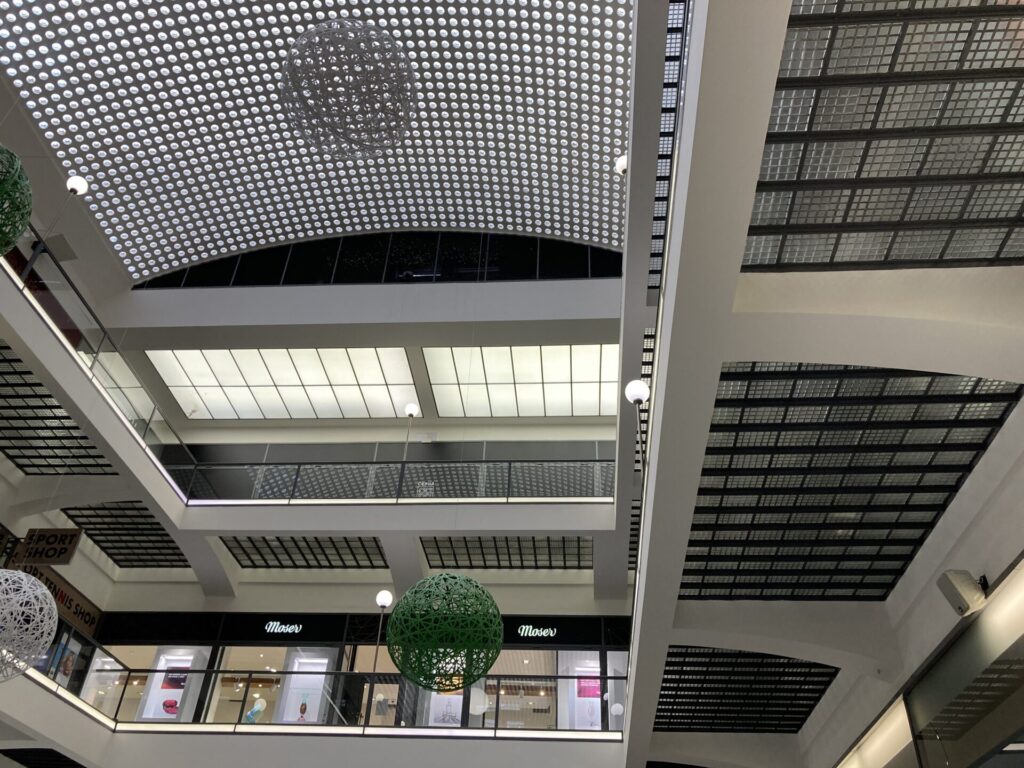
(By the way – a great promoter of glass concrete was the designer Jaroslav Polívka, who fled to the USA in 1939 before the impending war. His most famous work in the USA is the concrete ediface of the Guggenheim Museum in New York, where he elegantly solved the problem of the internal spiral ramp so that it did not need support.)
If you enter the passage from Na Příkopě Street, to the left of the entrance to the passage, you can enter the apartment of Ludwig Löwi Moser (1833-1916), the founder of the Moser glassworks. Today, the apartment serves as a Moser sales gallery. On the first floor, you can exit directly into the Černá růže Passage.
